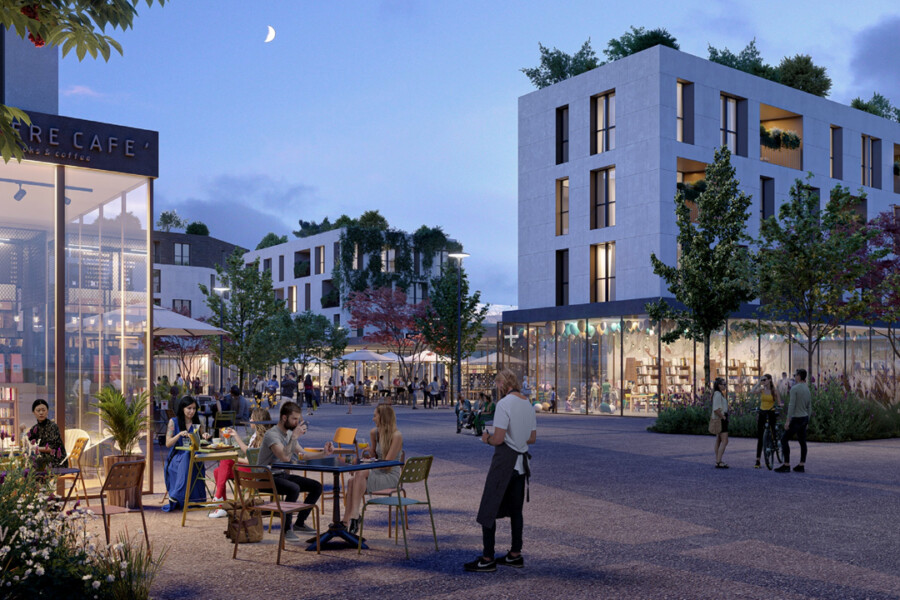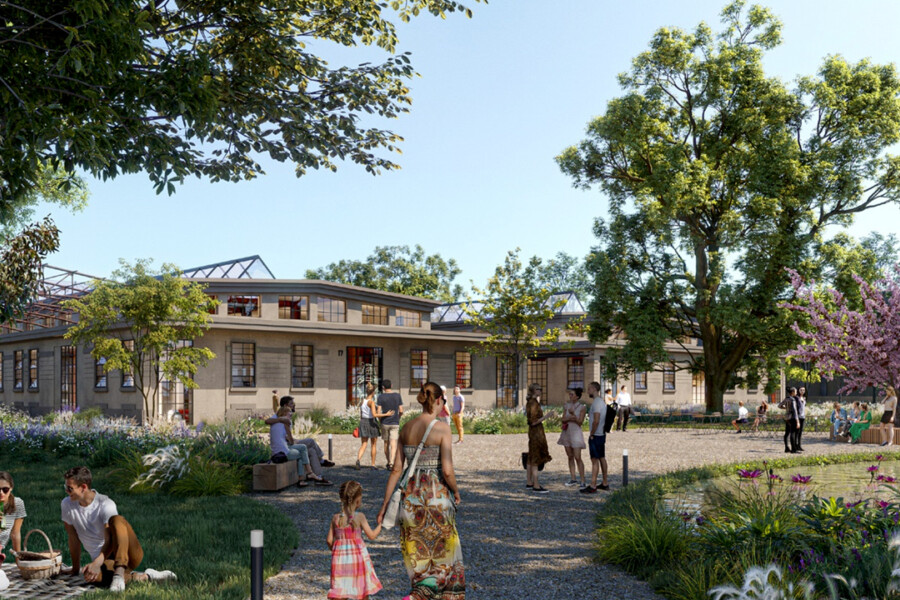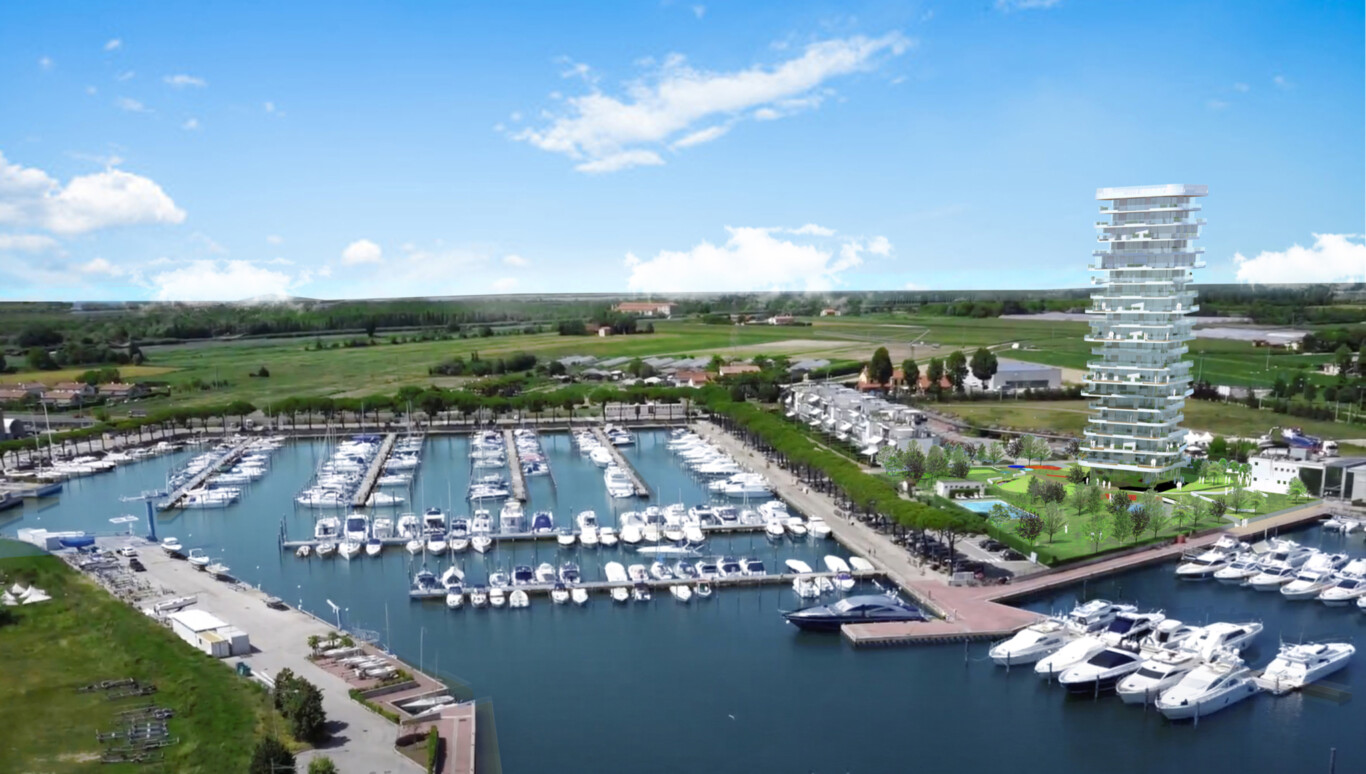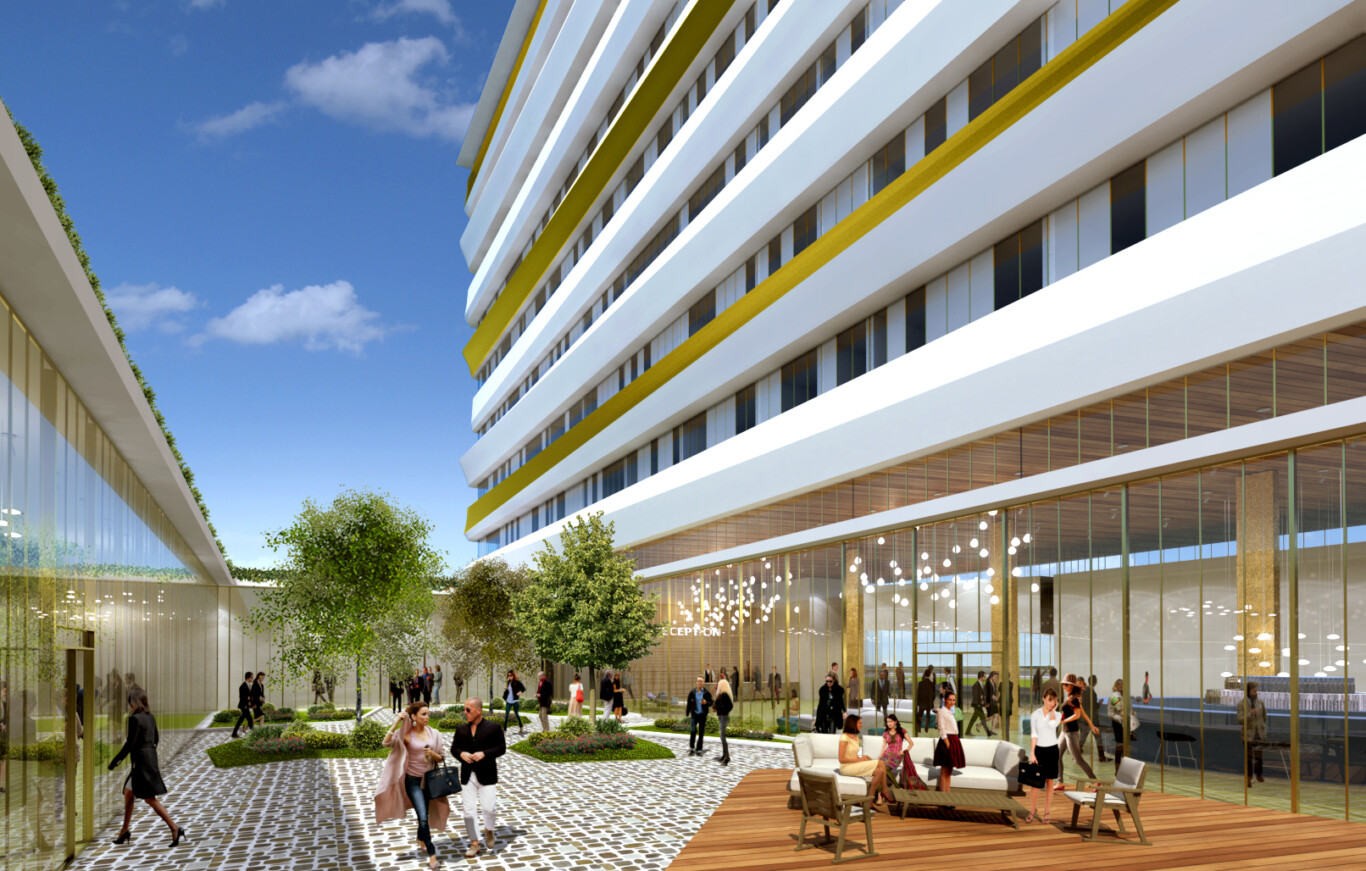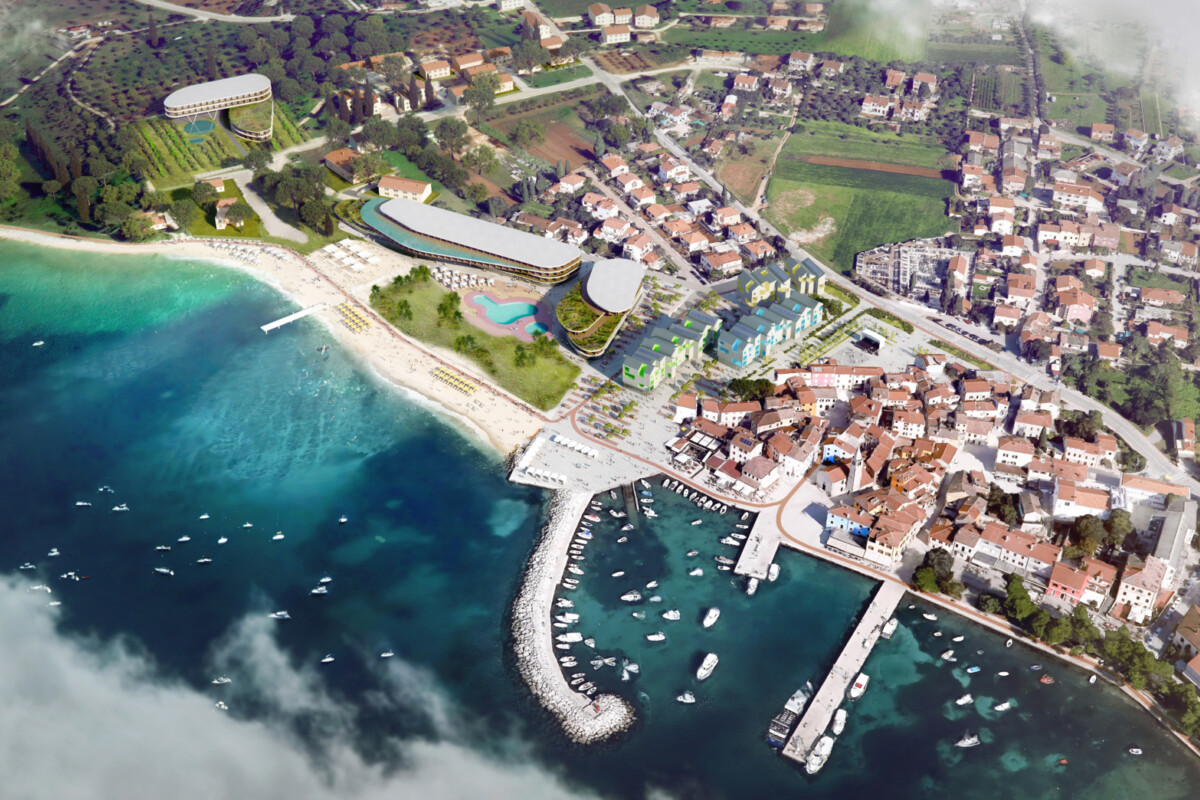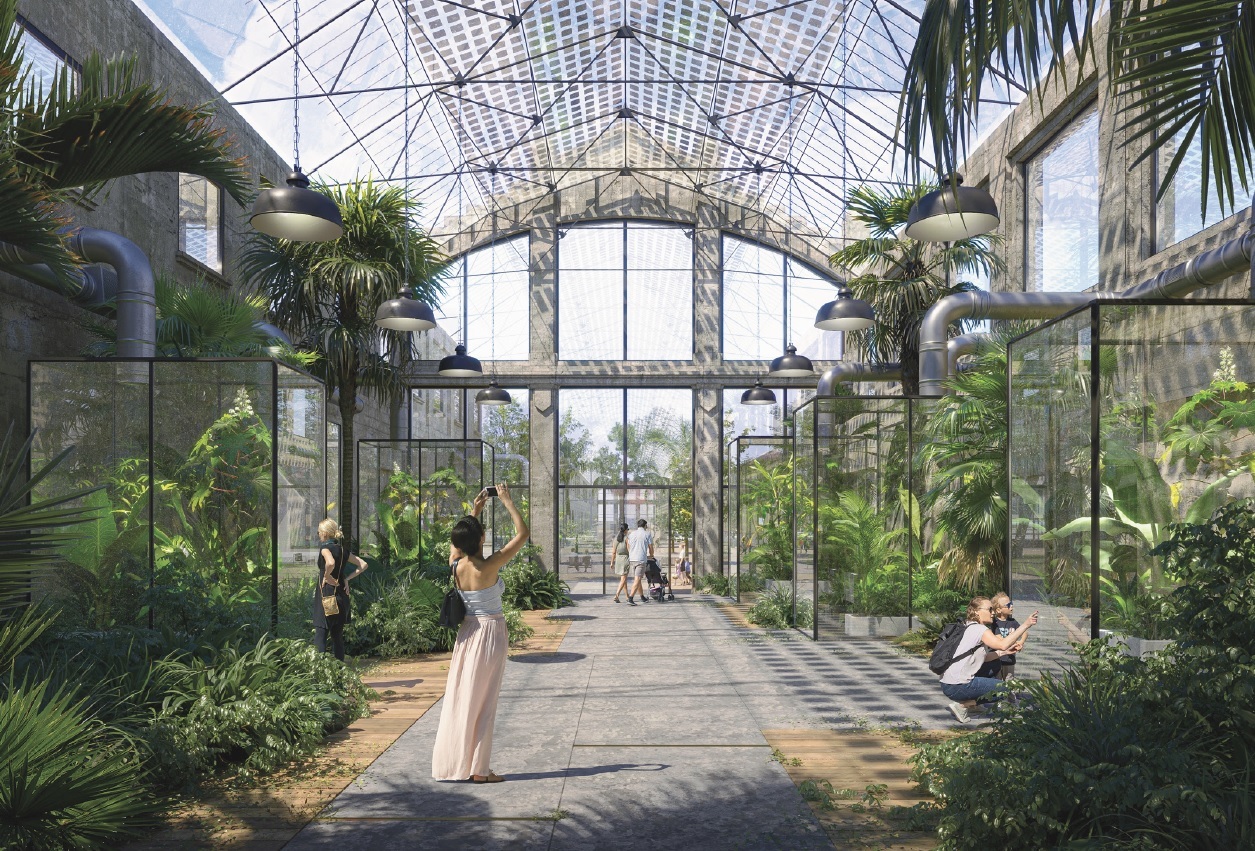
Beyond the pandemic: Looking to build on a successful diversification strategy at our Milan studio
As the world begins the process of emerging from the COVID-19 pandemic, we will be taking a look at how Chapman Taylor’s international studios are responding to changed outlooks, changed market requirements and changed approaches to how we work as they adjust to the “new normal”. Next to be profiled in the series is our Milan studio; below, Director Gianfranco Lizzul explains how the studio coped with the COVID-19 crisis which hit northern Italy particularly badly in spring 2020, the eagerness of the team to return to studio-based working and the long-term diversification strategy which has put the studio in a good place to compete effectively in the Italian market in the coming years.
"Aria" a major new mixed-use neighbourhood which will form part of the urban regeneration of Milan’s Ex Macello district
Missing the studio environment
The COVID-19 pandemic affected the Lombardy region, within which Milan sits, very badly in early 2020; A spiraling number of cases in February and March led to a total lockdown, during which people could not leave their homes. Luckily, there were no cases of COVID-19 among our studio team throughout this whole period.
The transition to home working was relatively unproblematic. We were able to successfully negotiate, design and complete the concept for a major mixed-use urban regeneration project for a former car factory site near Milan.
Our studio team members returned to the studio in late June 2020 and because our studio space is quite large, this allowed us to implement social distancing protocols without any problem.
We believe that working within a studio environment is ideal for the early design stages of projects. Although there was a second spike in COVID cases in autumn 2020, we remained at the studio and have been there ever since.
Reaping the benefits of our long-term diversification strategy
Before the COVID-19 pandemic, we undertook a large number of retail projects, and we were well aware of the need to be seen as experts in a variety of sectors and we have therefore diversified successfully into new typologies, which has since provided us with a steady stream of interesting projects. Nearly all of the enquiries we have received in recent times relate to projects such as hotels, resorts, offices, education/R&D developments, marinas, residential projects and mixed-use schemes.
Our current projects
Since the start of the pandemic, the studio has been working on a great range of projects. In the hospitality sector, construction is soon to begin on the Zagreb East Gate Hotel, a 4-Star conference hotel we designed for business travelers to the Croatian capital. Our design for the luxury Breeze Residential Tower in the Italian harbour town of Jesolo, near Venice, is at building permission stage, after which we will act as delivery architects on the scheme. We are also currently working on early-stage designs for three luxury marina projects.
We have collaborated with fellow Milanese architects on designs for a ski resort at Livigno in northern Italy, which will be used during the 2026 Winter Olympics. The project involves the renovation of two existing hotels and the design of two new hotels as chalet accommodation for athletes. We are also hoping to commence the concept for a ski resort in Georgia.
We have also been designing a 40-level mixed-use tower in Pristina, Kosovo, one of the tallest buildings in the Balkans region, for which building permission is now being obtained and the site operation commenced. The tower will mostly provide hotel space, with retail, office and leisure options at the lower floors to activate the street level.
In the residential sector, we are involved in designing a luxury residential villa near Saint-Tropez, with the interiors conceived in a Provençal style. This project led directly to another luxury villa project in Romania, which is more contemporary in style. We are shortly to design a complex of 75 luxury villas in the Istria region of Croatia.
In addition, we are collaborating with our colleagues at Chapman Taylor’s Bristol studio on designs for short-term-let apartments in central Milan, with Bristol focusing on the concept, and us on the later stages. We are also at the feasibility stage for a residential project in Florence. Projects such as these are helping to establish our reputation in the residential sector, and we anticipate more work being generated in the coming months.
A key project for us is Aria, a major new mixed-use neighbourhood which will form part of the urban regeneration of Milan’s Ex Macello district. We were part of an international design team which won a competition to design the regeneration of the district. The Aria urban design project will create one of the most important social housing projects in Europe, and Chapman Taylor is part of a collaborative project to design and refurbish a former industrial complex of 6,500m2 in area, including retained historic buildings such as old tunnels, hangars, warehouses and factories.
The site will be home to the new European Institute of Design (IED), with the 30,000m2 campus offering capacity for 4,500 students, plus a student residence for 600 people placed within the retained former slaughterhouse heritage building on the site. This project marks a strategically important step-change for our studio; although we are a Milan studio, our major projects have traditionally been elsewhere, so we see Aria as a great introduction to the Milanese market.
The vision for the future
Our diversification drive has been successful, but we want to go further and establish Chapman Taylor as a stronger presence in the Italian office, residential, marina, mixed-use and hospitality sectors.
One strategy for achieving that has been to create a very good portfolio of projects in those sectors outside Italy, such as hotels, residences and resorts in Croatia, for example.
The fact that we are part of, and able to draw upon the expertise of a large international network of Chapman Taylor studios and our clients appreciate the fact that we offer local knowledge, in Italy and in southeast Europe, but also draw upon the resources of a global company.
Responsible design is a major part of our agenda; as we aspire to make their projects environmentally, socially and economically sustainable. The highest levels of environmental sustainability are increasingly a prerequisite for our clients, and we have the design tools and experience to help them achieve that goal.
We have a creative, talented and experienced team at the Milan Studio, with a good range of complementary skill sets, which will help to ensure that the studio will continue to grow and evolve successfully into the future.
